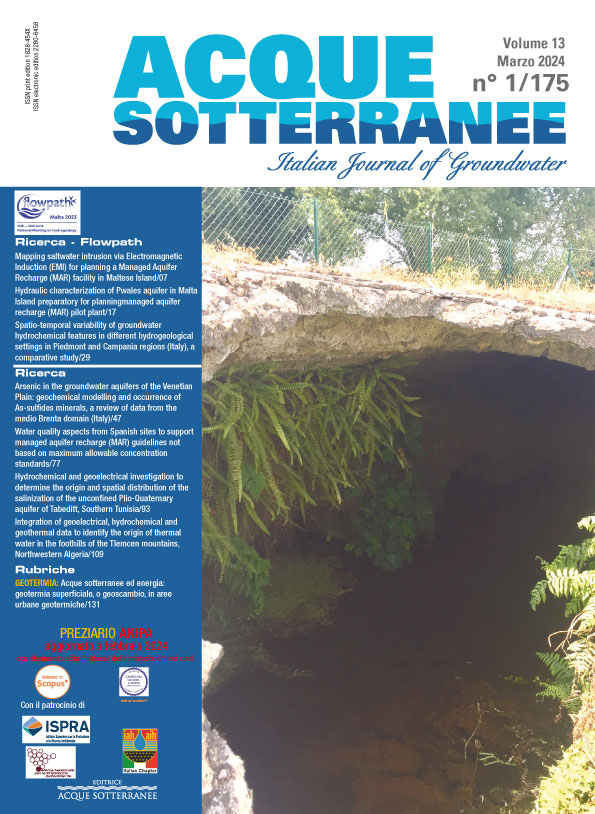Mapping natural groundwater potential recharge zones using GIS-AHP in the Upper Cheliff alluvial aquifer, Algeria
All claims expressed in this article are solely those of the authors and do not necessarily represent those of their affiliated organizations, or those of the publisher, the editors and the reviewers. Any product that may be evaluated in this article or claim that may be made by its manufacturer is not guaranteed or endorsed by the publisher.
Authors
Water scarcity is a big issue in arid and semi-arid regions. This challenge is particularly evident in the Upper Cheliff plain in Algeria, where the alluvial aquifer plays a vital role in drinking water supply and supporting irrigation. This aquifer faces high demand and quality issues. A study was conducted in this context, employing a cartographic approach to assess potential groundwater recharge from precipitation into the alluvial aquifer. The current study aimed at mapping zones with potential natural groundwater recharge zones by applying the Analytic Hierarchy Process (AHP) integrated within a Geographic Information System (GIS) environment, combining various factors that can influence recharge, such as rainfall, surface soil type, slope degree, land use and land cover, unsaturated zone, groundwater depth, and curve number. The map resulting from the analysis indicates that only 22% of the assessed area covers zones with very low and low potential recharge, 35% with moderate potential recharge zones, and 43% with high and very high potential recharge zones. This map reveals that the eastern region of the plain, from the cities of Djendel to Ain Soltane, is moderately to highly favorable for recharge. This is due to the natural recharge from rainfall and watercourse infiltration during dam release periods, excess irrigation water, and recharge from the Miocene sandstone aquifer in areas with direct aquifer contact. A validation process was performed using data from 66 wells distributed in this plain and it indicated that 48 wells exhibited good agreement with the resulting map, while 18 wells showed slight deviations. The results indicate an agreement of 72.72% between expected and exist number value of wells which confirming the good prediction of the AHP technique.
How to Cite

This work is licensed under a Creative Commons Attribution-NonCommercial 4.0 International License.
PAGEPress has chosen to apply the Creative Commons Attribution NonCommercial 4.0 International License (CC BY-NC 4.0) to all manuscripts to be published.














